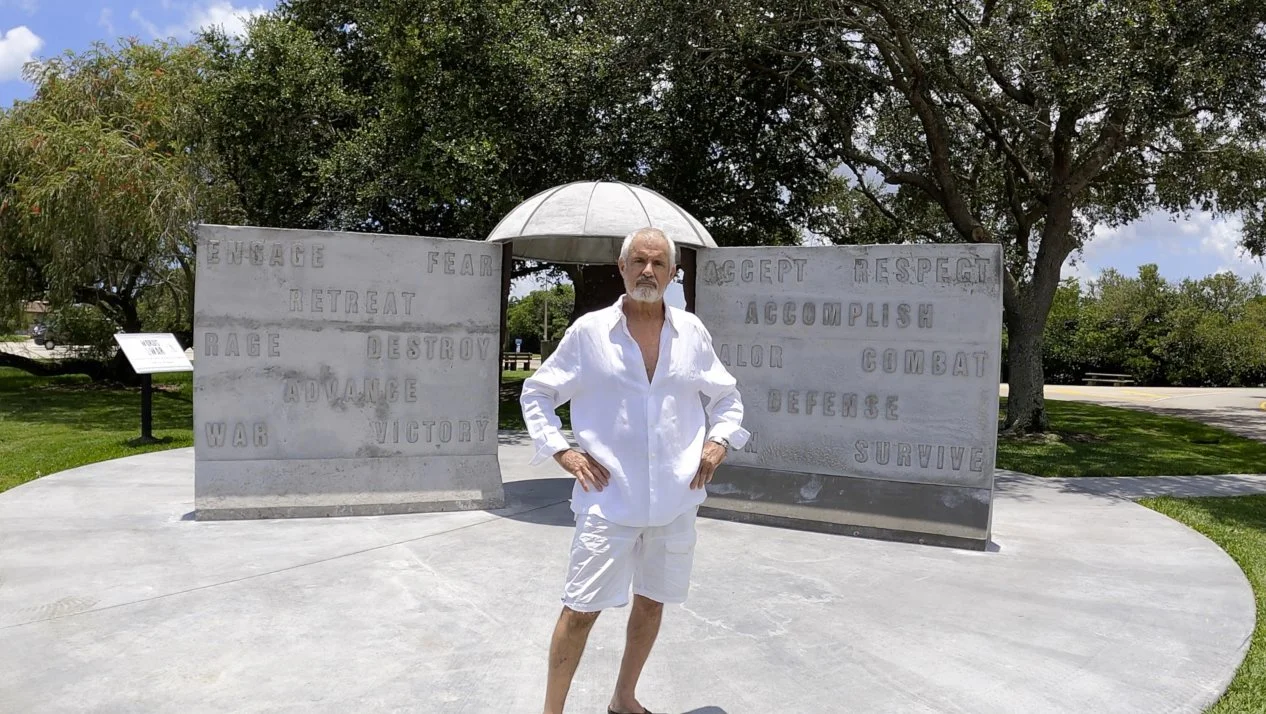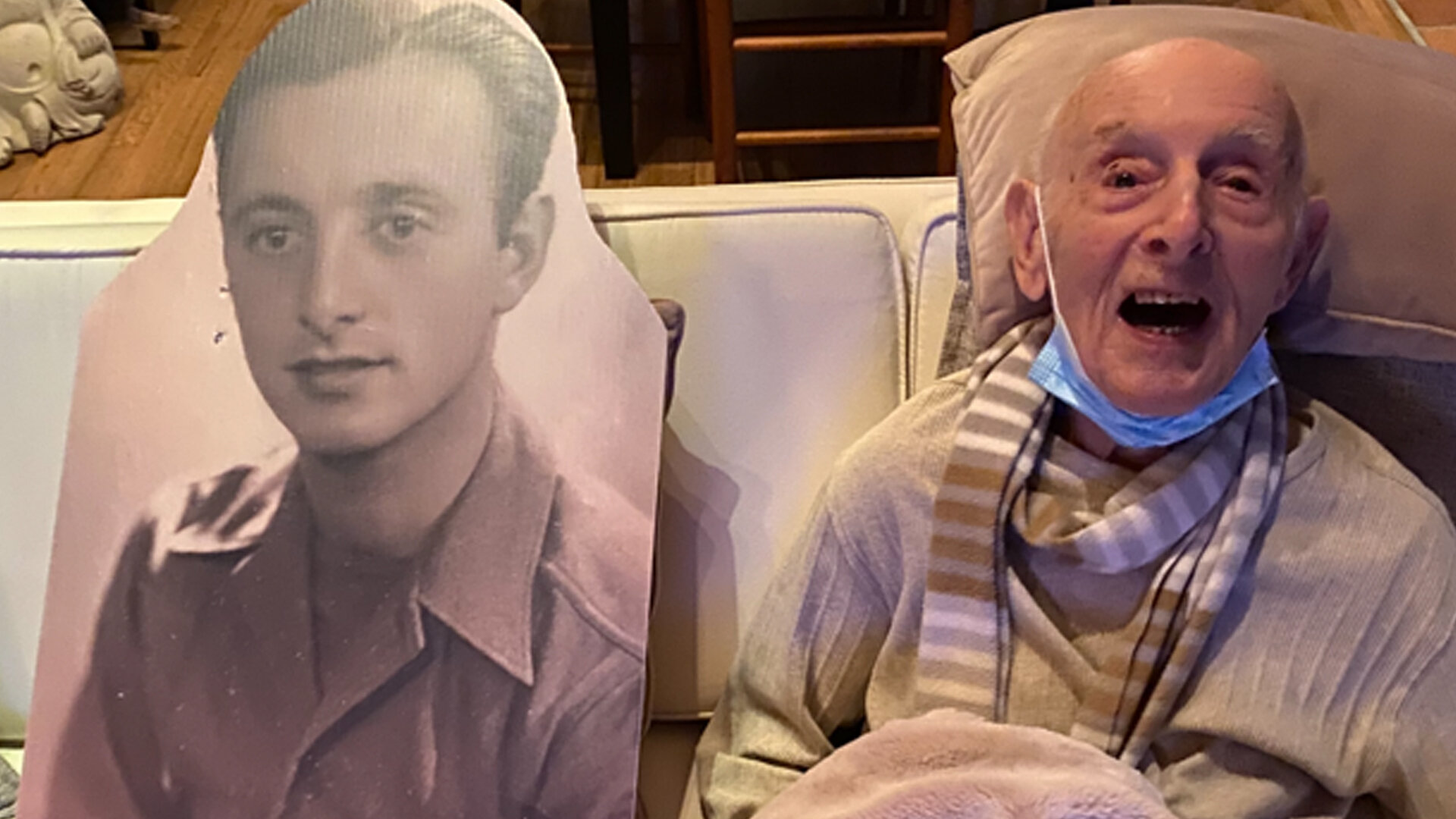William Pickens III - U.S. Air Force 1958-70
William Pickens III - U.S. Air Force 1958-70
William "Bill" Pickens III studied at the University of Vermont and majored in history and political science. He was the first African American student to be elected president of the student body. He was also elected president of the Honor Society and president of the fraternity Tau Epsilon Phi.
In 1958, he joined the Air Force as a Second Lieutenant. Pickens’ position as Personnel Officer in the Air Force sent him across the world to Japan. His superior officer told him to learn Japanese so that he could handle the affairs that needed attention. He picked up the language easily and enjoyed the culture and its art.
William (Bill) Pickens (1936-2021) began a life of public service early on. While an undergraduate at the University of Vermont, he was elected the first African-American president of the student body and the first African-American president of the Boulder Society, which recognized outstanding senior men for their leadership, scholarship, and service to the community.
He was also elected to the General (Hap) Arnold Air Society for outstanding achievement in Air Force leadership, was a distinguished graduate from the R.O.T.C. program, and went on to serve in the Air Force in Japan as a first lieutenant. While there, he became fluent in Japanese and earned a third-degree black belt in karate.
After his discharge Mr. Pickens went on to work as a corporate executive with Western Electric, Booz, Allen & Hamilton, Marine Midland Bank, and Philip Morris USA, and he eventually ran his own international consulting firm, Bill Pickens Associates.
Following the 1968 assassination of the Rev. Dr. Martin Luther King Jr., Mr. Pickens co-founded the Council of Concerned Black Executives. He also served as a national director of the N.A.A.C.P. from 1975 to 1981, led a 1992 mission to South Africa, and was co-leader of a 1999 mission to Northern Ireland for the National Committee on American Foreign Policy.
Mr. Pickens was a founding trustee of the United States-Japan Foundation, and was a trustee of the Studio Museum in Harlem for 30 years, including a term as president. He was also founding president and trustee of the Paul Robeson Foundation, which was organized by Paul Robeson Jr. to celebrate the centennial of the noted scholar, athlete, performer, and activist.
Mr. Pickens died at Stony Brook Southampton Hospital on Sept. 27, which was his 85th birthday. He was born at Flower-Fifth Avenue Hospital in Harlem in 1936 to William Pickens Jr. and the former Emilie Brown. He grew up in Washington, D.C., where he attended kindergarten, and in Bedford-Stuyvesant, Brooklyn. He enrolled at the University of Vermont after graduating from Franklin K. Lane High School in Queens.
"William Pickens III was a gentle leader and dedicated man of the people," his family said. "He was affectionately called the 'mayor' of Sag Harbor Hills and had the ability to bridge divides and help his community find common ground, leaving behind a better world."
The Pickens family has deep roots in Sag Harbor. His parents had two houses in the Sag Harbor Hills neighborhood, and he began spending summers there in 1946.
In the recently aired pilot episode of "Shades of Long Island," which highlights the stories of people of color and youth on the Island, Mr. Pickens recalls his family's early years in Sag Harbor. In 1952, the poet Langston Hughes, who had introduced Mr. Pickens's parents, was their first houseguest.
As for his own marriage, he first met Audrey Patricia Brannen on the beach in Sag Harbor, and they were married on June 28, 1964. They lived primarily in Laurelton, Queens, until 2004, when they moved full time to Sag Harbor. Ms. Pickens died in 2015.
Mr. Pickens received a Presidential Citation from Richard C. Levin, former president of Yale, in 2002 for the Pickens family's contributions to the university, and an honorary doctorate from the University of Vermont in 2009. He was also a President's Associate at Duke University and served for more than 40 years as a director of Boys and Girls Harbor in East Hampton.
In 2009, after watching Barack Obama's inauguration, Mr. and Mrs. Pickens decided to make public two historic family portraits, discovered a decade earlier under their great-uncle's bed.
The pendant portraits, from 1841, depict Mr. Pickens's great-great-grandparents Hiram Charles and Elizabeth Brown Montier as young newlyweds in Philadelphia. They are the only known paintings by the artist Franklin R. Street, and they have been recognized as the earliest known portraits of an African-American couple.
Mr. Pickens decided to lend the paintings to the Philadelphia Museum of Art. In "The Montiers: An American Story," a documentary about the Philadelphia family from which Mr. Pickens was descended, he said he wanted young people to understand that "even in 1840, black folks were doing their thing." The film premiered at the Philadelphia museum.
Three children, Pamela Alison Pickens of New York City and William Pickens IV and John Montier Pickens of Sag Harbor, survive. Other survivors include Breighan Wilson, his granddaughter, and many cousins and their families. A brother, Richard William Pickens, died before him.










